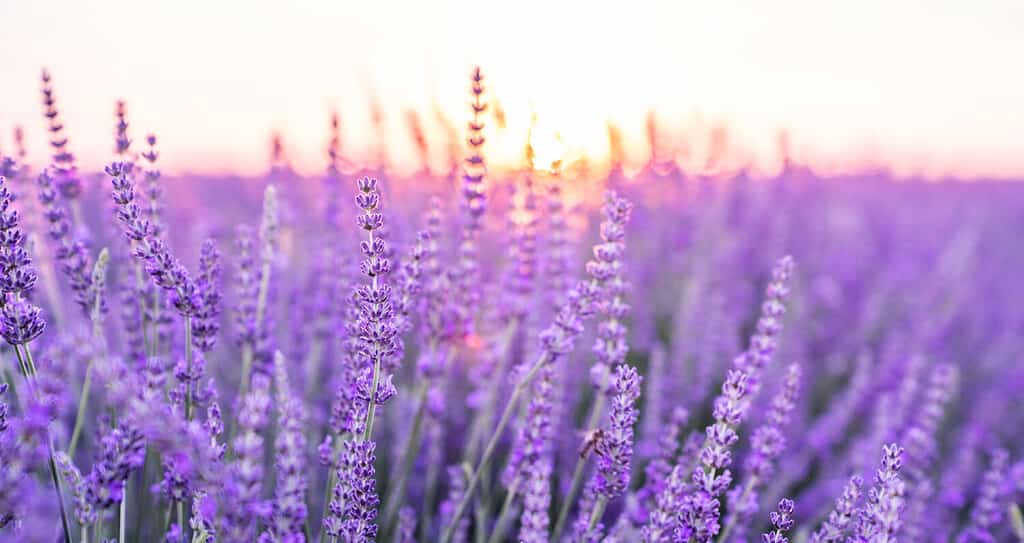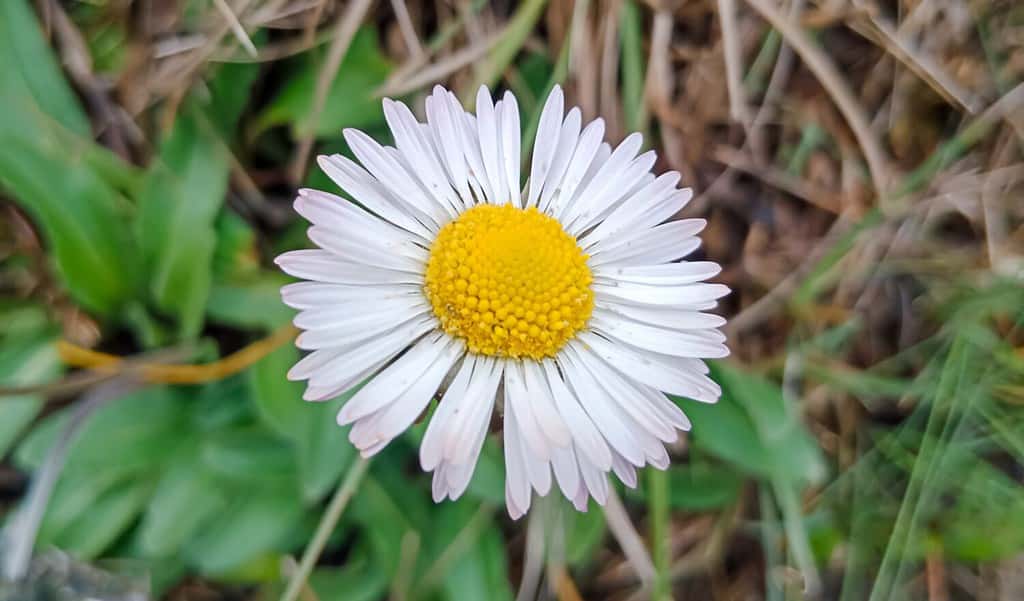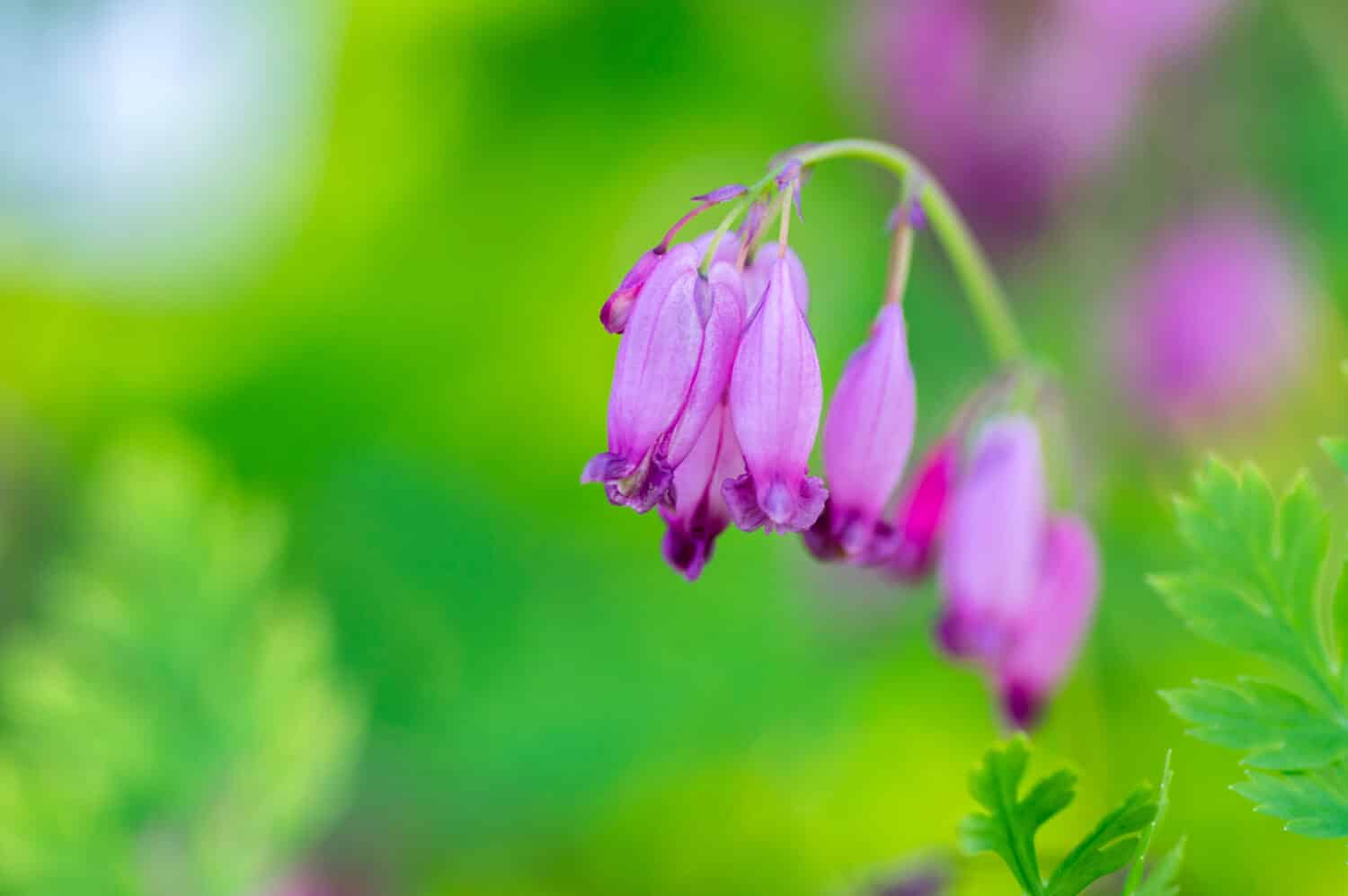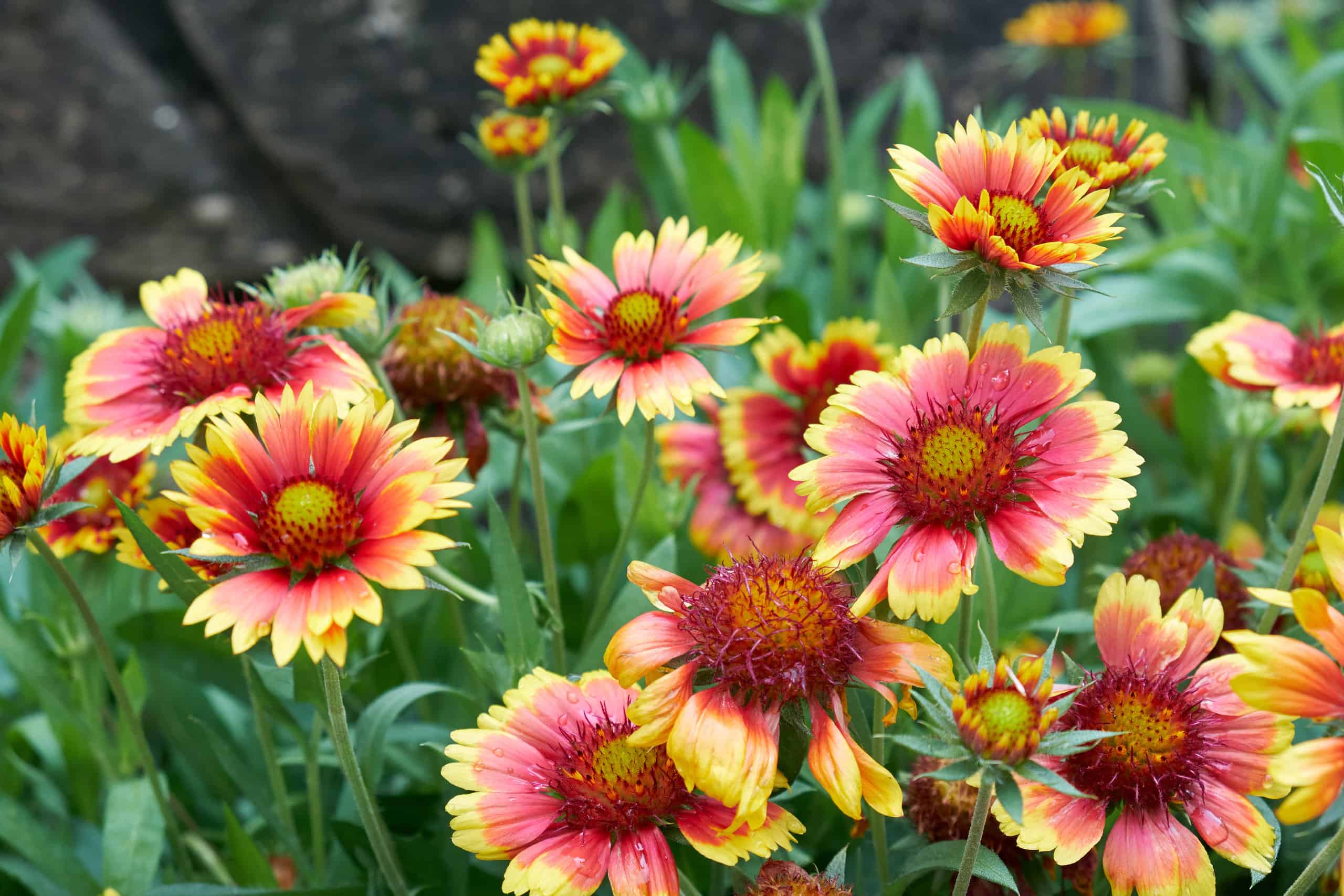New Hampshire is a beautiful state. During spring and summer, you won’t have to look hard for vibrant colors and blooms. Many perennial flowers thrive in New Hampshire. So, which are they? Keep reading to discover the best perennial flowers for New Hampshire.
Perennial Vs Annual: What Does it Mean?
If you’ve searched gardening topics, especially flowers, you’ve likely run into the words, perennial, and annual, but what do they mean? A perennial plant is a plant that lives for more than two years. These plants can come back during the spring. They overwinter. An annual flowering plant is the opposite. They are short-lived plants that complete their growing/life cycle in a growing season. This can be a few months to a year. Typically annuals are categorized as summer annuals or winter annuals.
The 7 Best Perennial Flowers for New Hampshire
Now that we have a better understanding of what a perennial plant is, we can dive into some of the best flowers to plant in New Hampshire. Listed below are seven options, but there are a lot more!
Lavender
The first perennial flower perfect for New Hampshire is lavender. Lavender is a popular flowering plant not only for its unique and tall appearance but also for its sweet and fresh scent. In the right conditions, a lavender plant can live for years. Lavender thrives in New Hampshire with little extra care. The best time to plant lavender in New England states is from May until late September. You can also start seeds indoors and plant them outside after the risk of frost is gone. Even if you don’t grow your lavender, you can still experience it by visiting one of many lavender fields.

Lavender is a bright perennial.
©ESstock/Shutterstock.com
Peonies
Peonies are favorites for many New Hampshire gardeners looking to add pops of color to their yards. These lovely perennials thrive in full sun. When planting these gorgeous flowers, space each plant by three feet. Peonies also need well-draining and nutrient-rich soil. Some gardening experts recommend amending peony soil and adding mulch at the base of the plant to discourage weeds.

Peonies thrive in warm and sunny conditions with well-draining soil.
©360VP/Shutterstock.com
Daffodils
Next on our list is the daffodil. This vibrant flower is typically yellow, white, and orange. These lovely and fast-growing perennials have a wide range. Interestingly, while they grow in the wild in North America, they aren’t native. These bright yellow flowers are native to Northern Europe. Although daffodils aren’t native to North America, they grow in USDA zones 3b to 10.

Daffodils aren’t native to North America.
©Geert Naessens/Shutterstock.com
Daisies
Daisies are one of the best perennials for New Hampshire. If you’re looking for brilliant, but delicate and long-lasting blooms, this is the flower to choose. Daisies are perennial herbaceous plants that come in many colors. There are over 20,000 types. One type of daisy is the painted daisy, native to Asia. This beautiful flower is about three inches long and has golden centers and pink, red, white, or purple petals. Most people though think of the common daisy, which has many white fluffy petals and a yellow center.

Daisies are perennial herbaceous plants that come in many colors.
©Carol La Rosa/Shutterstock.com
Common Bleeding Heart
Continuing our list is the common bleeding heart. It’s also sometimes called the fringed bleeding heart. This lovely plant is native to the Appalachian Mountains. The leaves are grey and green and the flowers are pink. These flowers grow in tight clusters. As the name suggests, the blossoms look a lot like hearts. The common bleeding heart blooms from April through July. This lovely plant is an excellent flower if you want to attract pollinators. It attracts bees and hummingbirds.

Another perennial flower in New Hampshire is the common bleeding heart.
©Iva Vagnerova/Shutterstock.com
Northern Blazing Star
Another incredible perennial in New Hampshire is the northern blazing star. You can also find this lovely flowering plant in Pennsylvania, New York, and Maine. It grows in dry and open spaces including dry grasslands and wood openings. Northern blazing stars are rare and protected. They are especially rare in New Hampshire. They are more common in Connecticut but are still classified as Special Concern.

Northern blazing stars are rare.
©natmac stock/Shutterstock.com
Blanket Flowers
Ending our list of the best perennial flowers in New Hampshire is the blanket flower. These vibrant flowers are eye-catching and easy to grow. While they are more common in the western United States, they are popular garden perennials. You can grow them outside in the ground or in containers. Sometimes, blanket flowers are confused for daisies, but have a more vibrant fire-like color. To thrive, blanket flowers need full sun.

Blanket flowers have a similar appearance to daisies. They are short-lived perennials.
©Donna Milner/Shutterstock.com
Thank you for reading! Have some feedback for us? Contact the AZ Animals editorial team.








